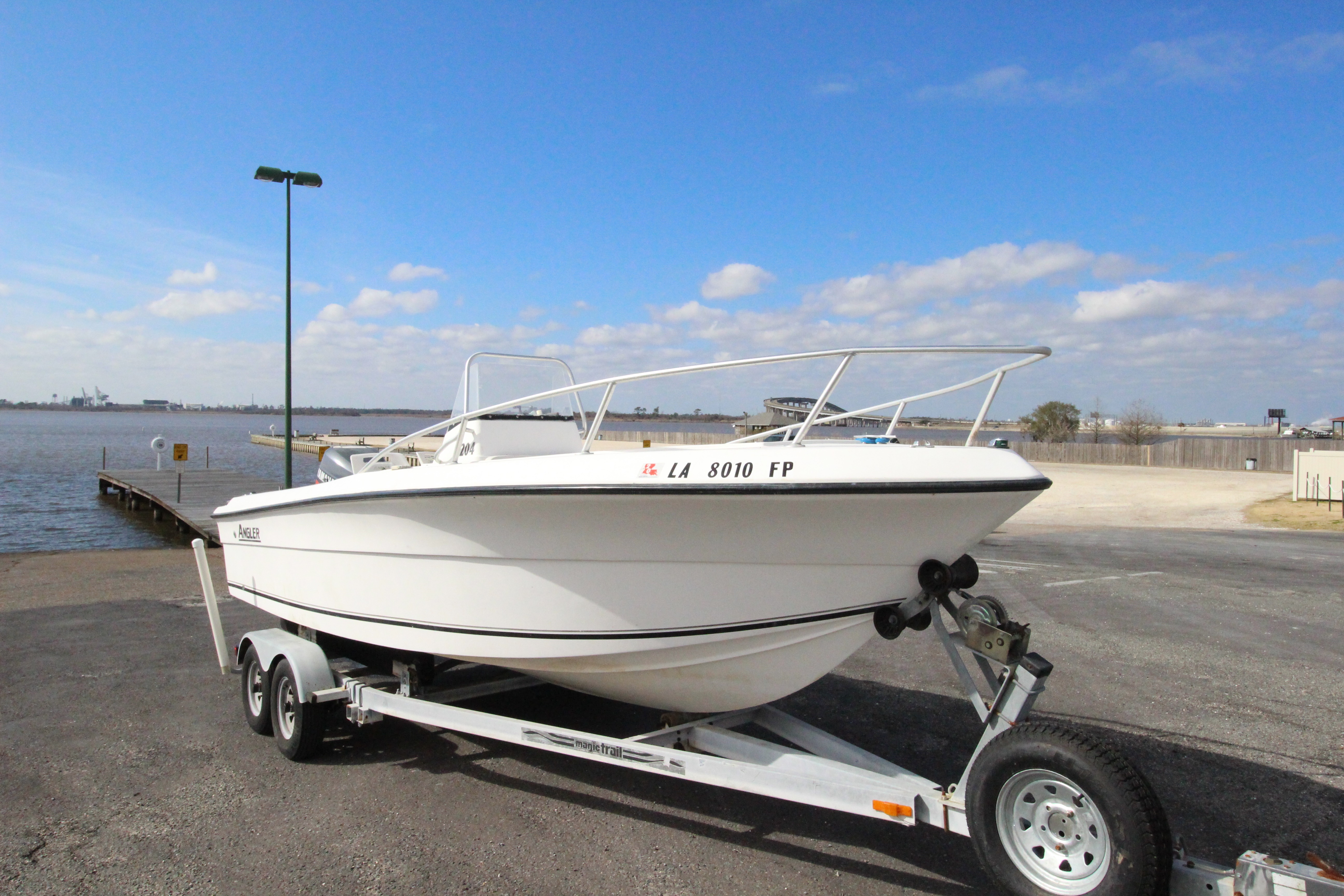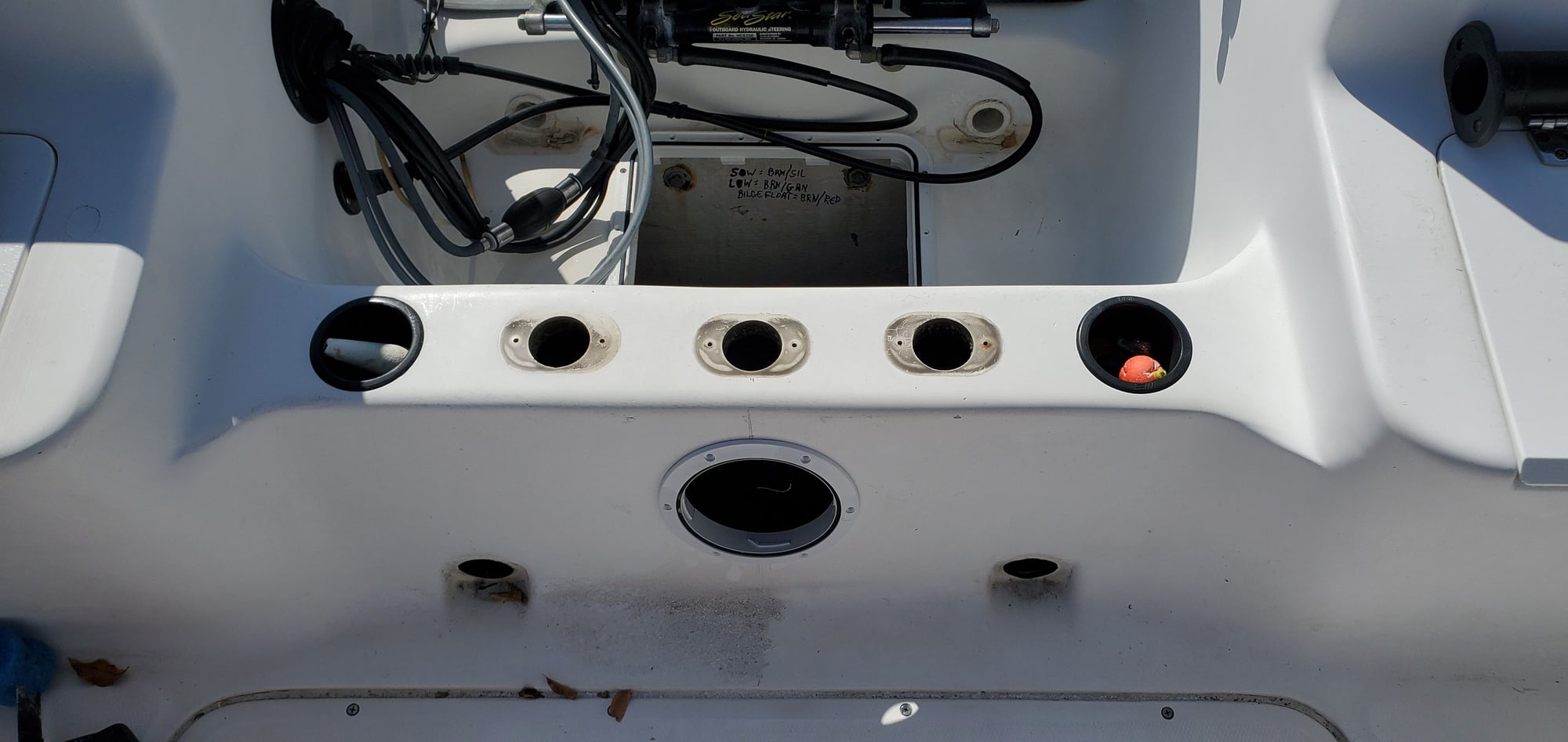Step into the realm of angler boat parts, where meticulous craftsmanship meets the thrill of the catch. Each component, meticulously designed and engineered, plays a pivotal role in elevating your fishing experience to unparalleled heights. Embark on a journey of discovery as we delve into the intricacies of these essential elements, empowering you to navigate the waters with confidence and precision.
Essential Angler Boat Components
An angler boat, designed specifically for fishing enthusiasts, comprises various essential components that contribute to its performance and functionality. These components, ranging from the hull to the electrical system, play crucial roles in ensuring a successful and enjoyable fishing experience.
The following table provides a detailed overview of the most important parts of an angler boat, along with their functions and materials:
| Component | Function | Material |
|---|---|---|
| Hull | Provides buoyancy and stability, protects the boat and occupants from water | Fiberglass, aluminum, or polyethylene |
| Deck | Provides a platform for fishing, casting, and moving around the boat | Fiberglass, aluminum, or wood |
| Gunwale | The side rails of the boat, providing support and protection | Fiberglass, aluminum, or wood |
| Transom | The rear part of the boat, where the motor is mounted | Fiberglass, aluminum, or wood |
| Electrical System | Powers the boat’s electrical components, including lights, bilge pumps, and fish finders | Battery, wiring, and electrical panel |
| Fuel System | Stores and supplies fuel to the engine | Fuel tank, fuel lines, and fuel filter |
| Seating | Provides comfortable seating for anglers | Plastic, vinyl, or fabric |
| Storage | Provides space for storing fishing gear, equipment, and personal belongings | Compartments, lockers, and drawers |
Types of Angler Boats
Anglers have a wide range of boat options to choose from, each with unique features and intended uses. Understanding the different types of angler boats is crucial for selecting the right one that meets your specific fishing needs.
Bass Boats, Angler boat parts
Bass boats are designed specifically for bass fishing, featuring a sleek and maneuverable design. They typically have a deep hull, a large casting deck, and a powerful outboard motor for quick acceleration. Bass boats are ideal for navigating narrow waterways and targeting bass in shallow waters.
Pontoon Boats
Pontoon boats offer a stable and comfortable platform for fishing, thanks to their wide, flat hulls supported by pontoons. They provide ample space for multiple anglers and gear, making them suitable for leisurely fishing trips with friends or family. Pontoon boats are often equipped with amenities like seating, a grill, and a sound system, providing a relaxing fishing experience.
Bay Boats
Bay boats are designed for fishing in coastal waters and bays. They feature a shallow draft, allowing them to navigate shallow flats and estuaries. Bay boats typically have a wide beam for stability and a large casting deck for ample fishing space.
They are often equipped with powerful outboard motors and trolling motors for precise boat control in various fishing conditions.
Boat Hull Design and Materials
The hull design and materials used in angler boats significantly impact their performance, efficiency, and durability. Angler boats commonly employ three primary hull designs: displacement, planing, and semi-displacement.
Hull Designs
Displacement hullsare designed to move through the water by displacing it, creating a wave that propels the boat forward. They excel in stability, fuel efficiency, and handling rough waters. However, they are slower than other hull designs.
Planing hullsare designed to lift out of the water at higher speeds, creating less drag and increasing speed. They are ideal for high-performance boats and offer excellent maneuverability. However, they can be less stable and fuel-efficient than displacement hulls.
Semi-displacement hullscombine elements of both displacement and planing hulls, offering a balance of stability, speed, and fuel efficiency. They are versatile and suitable for various fishing conditions.
Hull Materials
The choice of hull material depends on factors such as weight, durability, and cost. Common materials used in angler boat construction include:
- Fiberglass:Lightweight, durable, and resistant to corrosion, making it a popular choice for high-end boats.
- Aluminum:Lightweight, strong, and weldable, offering excellent durability and affordability.
- Polyethylene:Rotational molded, durable, and impact-resistant, making it suitable for rough handling and shallow waters.
| Hull Design | Advantages | Disadvantages | Materials |
|---|---|---|---|
| Displacement | Stability, fuel efficiency, rough water handling | Slow speed | Fiberglass, aluminum |
| Planing | High speed, maneuverability | Less stable, less fuel-efficient | Fiberglass, aluminum |
| Semi-Displacement | Balance of stability, speed, fuel efficiency | Less specialized | Fiberglass, aluminum, polyethylene |
Boat Accessories and Modifications
Angler boats can be customized with a wide range of accessories and modifications to enhance the fishing experience. These additions not only improve functionality but also cater to the specific needs and preferences of anglers.
Below is a comprehensive list of popular accessories and modifications, along with their benefits and installation tips:
Live Wells
- Benefits:Keeps fish alive and healthy for extended periods, allowing anglers to release them unharmed or preserve them for later consumption.
- Installation Tips:Requires cutting a hole in the boat’s deck and installing a pump and aeration system to maintain water quality.
Trolling Motors
- Benefits:Provides precise control over boat movement, allowing anglers to quietly approach fish without spooking them.
- Installation Tips:Mount the motor to the boat’s transom or bow and connect it to a battery.
Fish Finders
- Benefits:Locates fish and underwater structures, helping anglers target specific areas and increase their catch rate.
- Installation Tips:Mount the transducer to the boat’s hull and connect it to a display unit.
Boat Maintenance and Safety
Maintaining the proper upkeep of your angler boat and adhering to safety protocols is paramount for a successful and enjoyable fishing experience. Regular maintenance not only extends the life of your boat but also ensures it operates at its peak performance, enhancing your fishing endeavors.
To ensure your boat’s longevity and safety, a comprehensive maintenance plan should be followed. This includes routine inspections, engine maintenance, hull cleaning, and electrical system checks. By adhering to these practices, you can minimize the risk of breakdowns, accidents, and costly repairs.
Engine Maintenance
- Regularly check and change engine oil and filters to maintain optimal performance and prevent premature wear.
- Inspect spark plugs and replace them as needed to ensure proper ignition and engine efficiency.
- Monitor coolant levels and flush the cooling system periodically to prevent overheating and engine damage.
Hull Cleaning
- Regularly clean the hull to remove barnacles, algae, and other marine growth that can impede boat speed and increase fuel consumption.
- Inspect the hull for any damage or cracks and repair them promptly to prevent water leakage and structural issues.
- Apply a protective coating to the hull to shield it from UV rays and other environmental factors that can cause damage.
Electrical System Checks
- Inspect all electrical connections and wiring for any loose or damaged components that could lead to electrical malfunctions.
- Check battery terminals for corrosion and clean them to ensure proper electrical flow.
- Test all electrical systems, including navigation lights, bilge pumps, and fish finders, to ensure they are functioning correctly.
Essential Safety Equipment
- Life jackets: Ensure all passengers have properly fitted life jackets readily available in case of an emergency.
- Fire extinguisher: Keep a fire extinguisher onboard and ensure it is easily accessible in case of a fire.
- First-aid kit: Carry a well-stocked first-aid kit to treat minor injuries and emergencies.
- Whistle or air horn: Have a whistle or air horn to signal for help in case of an emergency.
Safety Precautions
- Always check the weather forecast before heading out on the water and be prepared for changing conditions.
- File a float plan with a responsible person, informing them of your intended destination and expected return time.
- Never operate a boat under the influence of alcohol or drugs.
- Be aware of your surroundings and other boats, and maintain a safe distance to avoid collisions.
Closing Notes: Angler Boat Parts
As you venture forth with your angler boat, fully equipped with the knowledge of its intricate parts, may each cast be a testament to your understanding and expertise. Remember, it is not merely the boat that defines the angler, but the intimate connection forged with its components that truly sets you apart.
Embrace the harmony between angler and boat, and let the symphony of success resonate through every ripple you create.
FAQs
What are the essential components of an angler boat?
Angler boats are equipped with a range of essential components, including the hull, deck, live wells, trolling motors, fish finders, and safety equipment, each playing a crucial role in ensuring a successful and safe fishing experience.
What factors should be considered when selecting angler boat parts?
When selecting angler boat parts, factors such as the type of fishing, the size and weight of the boat, the desired level of performance, and the compatibility with existing components should be carefully evaluated.
How can I ensure the longevity and optimal performance of my angler boat parts?
Regular maintenance and proper care are essential for ensuring the longevity and optimal performance of angler boat parts. This includes regular cleaning, lubrication, and inspection, as well as following the manufacturer’s recommended maintenance schedule.

